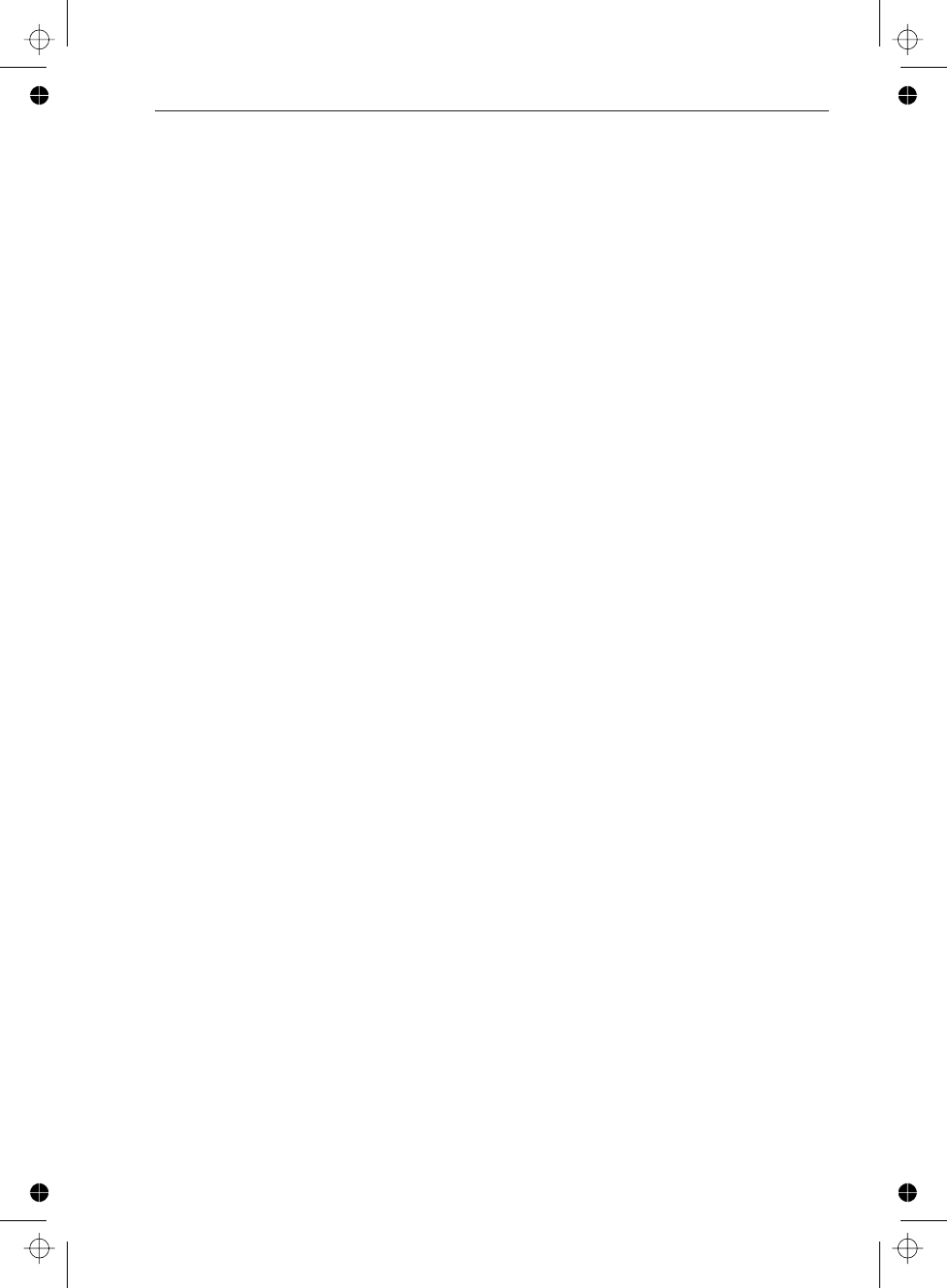
Measurement Function
The Measure function group has a differ
-
ent level of compatibility and flexibility
than other commands. The parameters
used with commands from the Measure
group describe the signal you are going to
measure. This means that the Measure
functions give compatibility between in-
struments, since you don’t need to know
anything about the instrument you are us-
ing.
MEASure?
This is the most simple query to use, but
it does not offer much flexibility. The
MEASure? query lets the instrument con-
figure itself for an optimal measurement,
starts the data acquisition, and returns the
result.
n
Example:
SEND→
MEASure:FREQ?
This will execute a frequency measurement
and the result will be sent to the controller.
The instrument will select a setting for this
purpose by itself, and will carry out the re
-
quired measurement as “well” as possible;
moreover, it will automatically start the
measurement and send the result to the
controller.
You may add parameters to give more
details about the signal you are going to
measure, for example:
SEND→
MEASure:FREQ?8208MHz,1
Where: 20 MHz is the expected value,
which can, of course, also be sent as
20E6, and 1 is the required resolution.
(1 Hz)
Also the channel numbers can be speci-
fied, for example:
SEND→
MEASure:FREQ?8(@3)
SEND→
MEASure:FREQ?820E6,
1,(@1)
CONFigure; READ?
The CONFigure command causes the in
-
strument to choose an optimal setting for
the specified measurement. CONFigure
may cause any device setting to change.
READ? starts the acquisition and returns
the result.
This sequence operates in the same way
as the MEASure command, but now it is
possible to insert commands between
CONFigure and READ? to fine tune the
setting of a particular function. For exam
-
ple, you can change the input impedance
from 1 MΩ to 50 Ω.
Using the Subsystems
Measurement Function 6-9


















